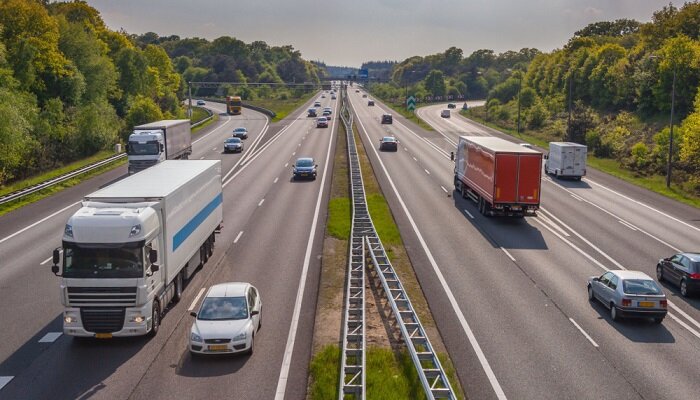In a recently concluded vote on March 12, the European Parliament plenary went ahead and took a historic decision so as to support the efficiency as well as the greening of road transport by way of the revision of the Weights and Dimensions Directive. With no silver bullet in terms of decarbonization, the low-hanging fruit in terms of larger trucks cannot be missed.
The European Parliament’s plenary has gone on to confirm the report of the Parliament’s lead rapporteur in terms of the Weights and Dimensions Directive, Isabel García Muñoz.
Most significantly, the Parliament’s version goes on to refine the incentives that have been proposed by the European Commission in order to help the commercial road transport industry so as to achieve the decarbonization objectives.
It is well to be noted that the incentives backed by the plenary go on to include:
– Weight exemptions in terms of zero-emission vehicles.
– More incentives for vehicles that happen to be used for the road legs of combined as well as intermodal transport.
– The ability to make use of 44-tonne combinations as well as high-capacity European Modular System vehicles when it comes to cross-border movements between two Member States that have shown consent.
The plenary, however, went ahead as well as confirmed the Commission’s proposed 2034 phase-out date, post which the 44-ton cross-border facilitation measure will only get applied to operators having zero-emission vehicles. This approach does not happen to be technology neutral.
Raluca Marian, who happens to be the IRU EU Director of Advocacy, said that the European Parliament has gone ahead and given a very crucial signal that incentives are required so as to help road transport operators further decarbonize operations.
She said that facilitating border crossings by way of having four additional tons as well as supporting national and cross-border traffic with a high-capacity vehicle mix is not just about enhancing transport by road, but at the same time about upgrading transport in general, and also the environment. The fact is that for a vibrant EU economy to exist, transport should not be only about rail, road, maritime, or air. It should be more about the best usage when it comes to all modes.
Marian said that they are happy that the Parliament’s plenary has gone on to follow Isabel García Muñoz’s pragmatic report, which is adopted within the transport committee, and did not fall into the trap in terms of pinning one mode against the other.
Apparently, the plenary’s report goes on to define the Parliament’s position ahead of the negotiations with the Council. But the Parliament is going to be entering into recess at the end of April, and the fact is that the Council has not yet agreed upon its negotiating position. The final decision is indeed going to be taken by the next Parliament.
Raluca Marian further said that even though this file is not going to be negotiated with the Council under the present legislature, it is a very crucial signal to Member States that the European Parliament indeed goes on to support the incentives for zero-emission vehicles.
Notably, there is still an immense amount of hesitation in the Council as far as incentives for zero-emission vehicles are concerned. Member States must go on to understand that they cannot speed up the uptake of zero-emission vehicles sans accompanying functional incentives.


































